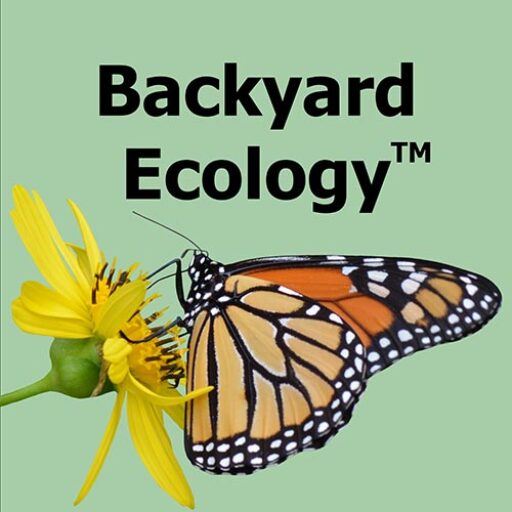Tag: Hummingbird
-
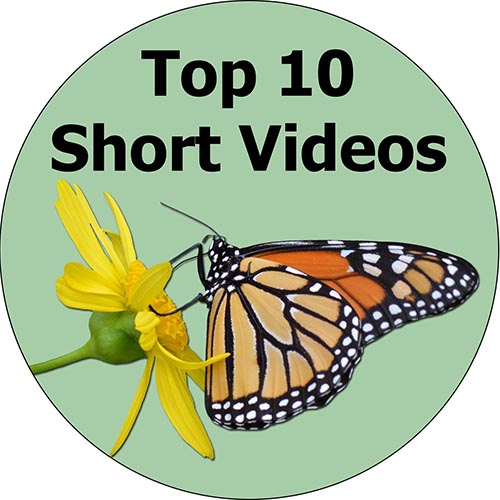
Top 10 Backyard Ecology “Shorts”
The Backyard Ecology YouTube channel was started in the spring of 2022. We review the top 10 shorts on that channel as of Thanksgiving 2023.
-
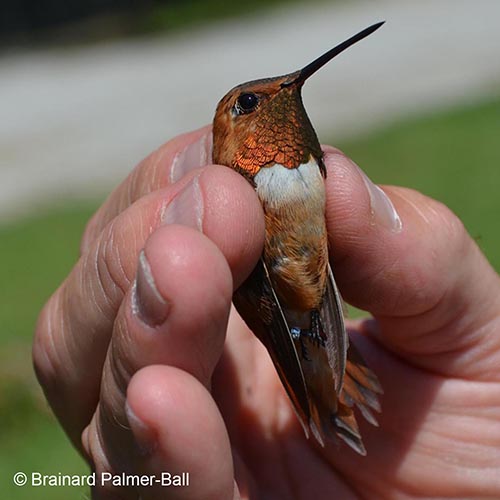
Resharing Your Favorites: Winter Hummingbirds
in PodcastShannon Trimboli and Brainard Palmer-Ball discuss winter hummingbirds in the eastern U.S. including what to do if you find one and how common they are.
-
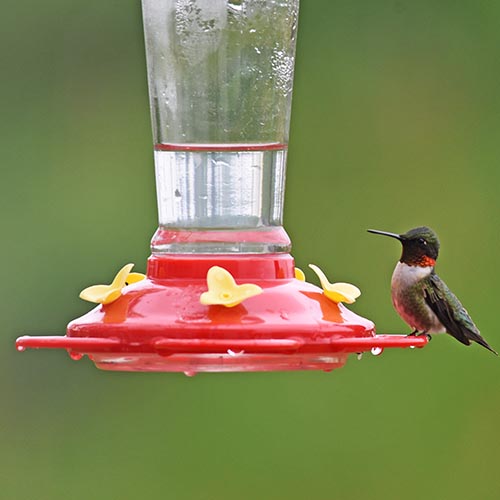
10 Tips for Feeding Hummingbirds: Hummingbird Feeder Safety and Beyond
Hummingbirds are fascinating and common visitors to our yards. Attracting and feeding hummingbirds is a favorite activity of many people. The internet and social media are full of advice for attracting and feeding hummingbirds, and like for most topics, some of the information is good and some isn’t. In fact, some of the information I’ve…
-
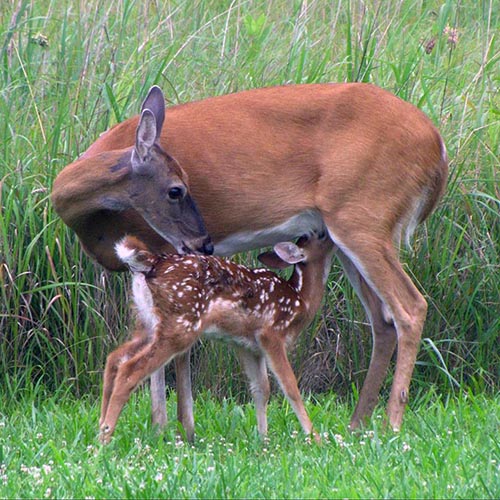
Summertime Activities and an Exciting Backyard Ecology Announcement
in PodcastSummer brings with it butterflies, lightning bugs, caterpillars, hummingbirds, fawns, baby birds, and so much more. It can be a really fun time to just get outside and observe all of the fascinating plants and animals around us. There are also plenty of things that we can be doing at this time of year to…
-
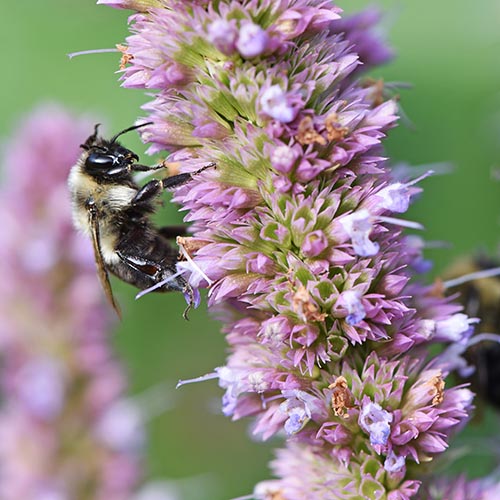
Anise Hyssop: A Long-lasting, Summer-blooming Bee Magnet
Introduction Anise hyssop (Agastache foeniculum) is a perennial native wildflower for parts of the northern half of the U.S. and into Canada. Some resources, such as the USDA Plants Database, consider it native to Kentucky. Other resources consider it adventive (likely escaped from cultivation) in Kentucky. No resources have it listed as native anywhere south…
-
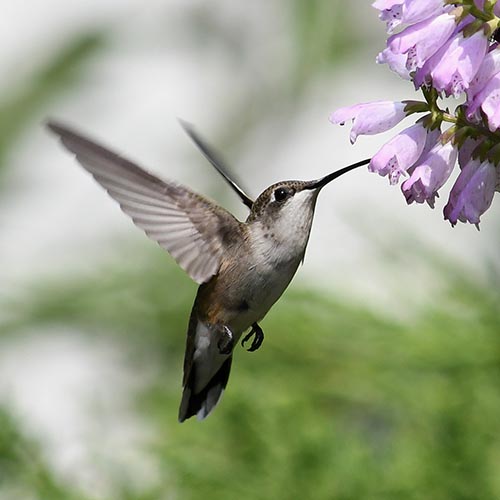
Attracting Ruby-Throated Hummingbirds to Your Yard
in PodcastRuby-throated hummingbirds are common and much beloved summer visitors to yards and gardens throughout the eastern U.S. and Canada. In this episode of the Backyard Ecology podcast, we talk about ruby-throated hummingbirds, their northward migration, and how to make our yards more hummingbird friendly. We are joined in this conversation by Cyndi Routledge who is…
-

Winter Hummingbirds in the Eastern U.S.
in PodcastWe always think of hummingbirds as being summer birds. But, did you know that we also have winter hummingbirds? They aren’t common, and they become less common the further you are from the southern coastal plains; however, they aren’t unique either. In the winter of 2011-2012, I was lucky enough to host one of these…
-
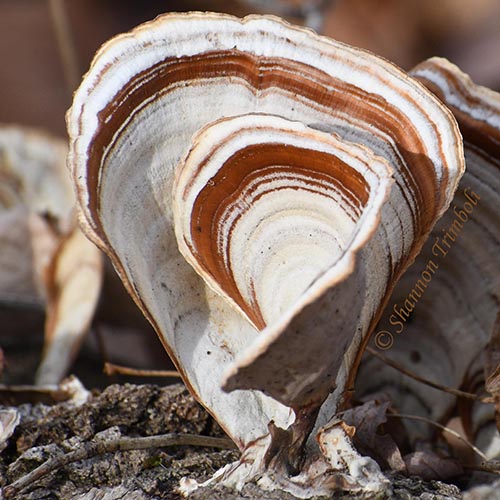
Nature-related Discoveries in My Yard and Community – December 2020
I hope everyone had a good a holiday season and start of the new year. December was kind of a difficult month for me this year – lots of personal stuff going on. But I was still able to get outside some and enjoy the nature around me. Here are some of the fun nature-related…
-
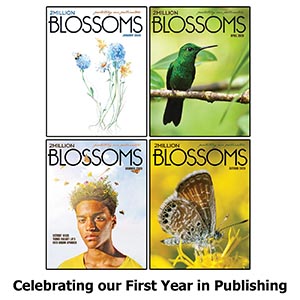
2 Million Blossoms and Dr. Kirsten Traynor
in PodcastHi Everyone! On today’s episode of Backyard Ecology we talk with Dr. Kirsten Traynor, a research associate at Arizona State University and the editor of 2 Million Blossoms, a quarterly magazine dedicated to protecting our pollinators. Our conversation takes a curvy, twisty path that covers multiple different topics including what led her to start the…
-
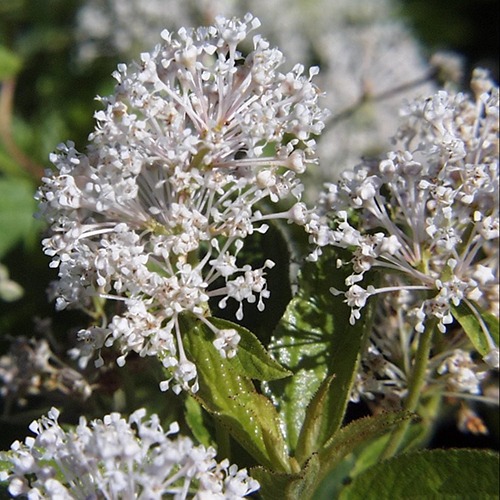
New Jersey Tea
New Jersey tea (Ceanothus americanus) is a low-growing, native shrub that can be found throughout most of the eastern half of the U.S. It is an interesting plant from both an ecological standpoint and from a historical / ethnobotanical standpoint. In the wild, New Jersey tea is typically found in rocky areas, sandy areas, glades,…
-
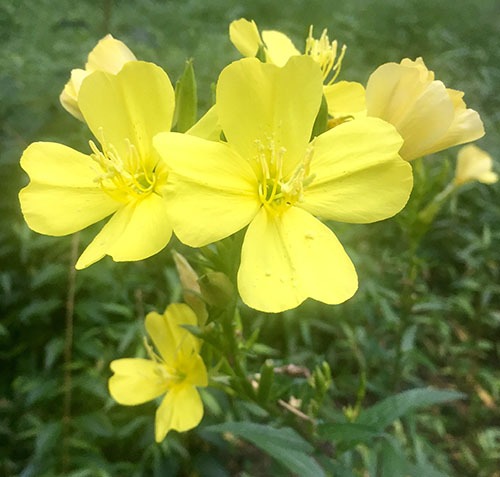
Common Evening Primrose
The common evening primrose (Oenothera biennis) is a native wildflower in most of the U.S. It is found naturally in sunny fields, roadsides, prairies, and disturbed areas. Common evening primrose can also be grown in the garden as a native wildflower. It is a biennial, meaning that it lives for two years and only blooms…
-
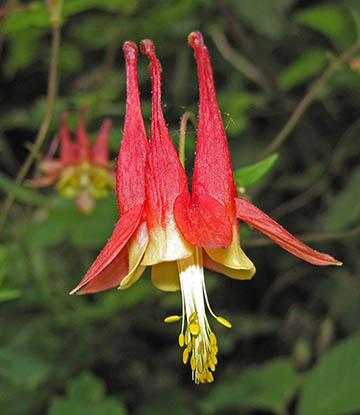
Eastern Columbine
The eastern columbine (Aquilegia canadensis) is a perennial wildflower native to much of the eastern U.S. It often grows in rocky or sandy soils and in open woods. Columbines are perennials, but will also readily self-seed if the conditions are favorable. Their self-seeding ability means that they will often form clumps or loose drifts of…
-
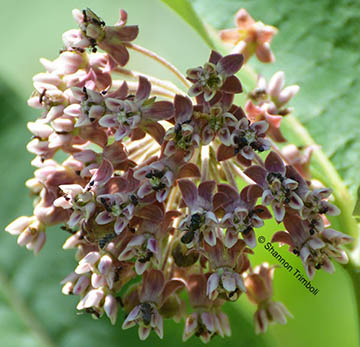
Not All Flower Visitors are Pollinators
We often think of all bees, butterflies, and other insect visitors to flowers as pollinators, especially if we see them actively gathering pollen or drinking nectar. However, that’s not actually true. Not everything that visits a flower is a pollinator for that species of flower. Pollinators are animals (usually insects in the eastern U.S.) that…
-
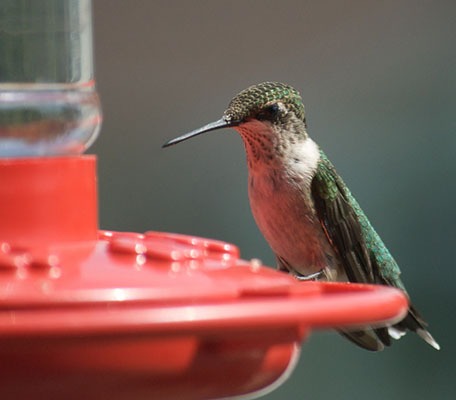
Leave Hummingbird Feeders Up for Fall Migration
Over the next several weeks, our hummingbird numbers will begin to drastically decline as they leave for their wintering grounds in Mexico and Central America. Growing up, I always heard that you should take your hummingbird feeders down in the fall so you don’t encourage the hummingbirds to stick around too long. I still occasionally…
-
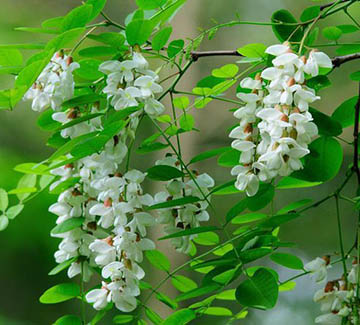
Black Locusts
Black locusts (Robinia pseudoacacia) are tall trees native to the Appalachian region and parts of the Ozarks, but they have been widely planted across the U.S. and in parts of Canada. They have even been imported to other parts of the world where they are often planted as ornamentals. Black locusts grow very quickly but…
-
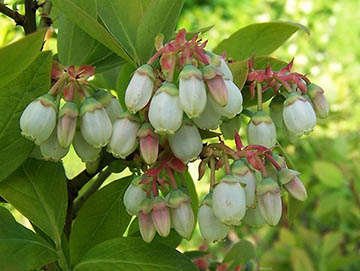
Highbush Blueberry
The highbush blueberry (Vaccinium corymbosum) is a native to many parts of the eastern U.S. including Kentucky. It is a tall shrub that can be found growing in sunny locations that typically have relatively moist, but well drained, acidic soil. The highbush blueberry is also planted extensively outside of its native range because the blueberry…
-
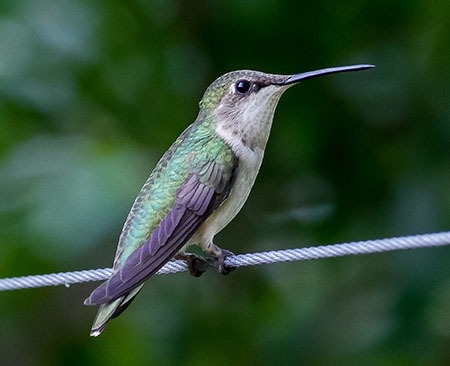
Don’t Bring Hummingbirds Inside to Warm Up
You don’t have to live in Kentucky long to figure out that Kentucky weather can be a bit crazy. Seventy degree weather one day and snow the next? Yep, we can do that. Noooo problem. I know many of our neighbors in Tennessee, Illinois, Indiana, and Ohio claim the same type of weather. Although spring…
-
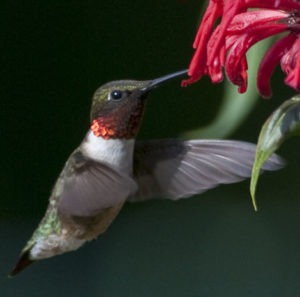
Help Track Hummingbird Migrations
It’s almost time for the hummingbirds to start arriving in Kentucky! In Kentucky, like the rest of the eastern U.S., we only have one common species of hummingbird – the ruby-throated hummingbird. Each year these tiny birds migrate from wintering grounds in Mexico and Central America to breeding grounds in the U.S. and Canada then…
-

Hummingbirds at Home – Helping Scientists Learn More about Hummingbirds and their Feeding Behaviors
in Take ActionHummingbirds are much loved and welcomed visitors to gardens and backyards across the country. In order to survive, they must feed almost constantly or they would literally starve to death. It has been estimated that if hummingbirds were the size of people, then they would need 155,000 calories a day to survive. However, all animals…
-
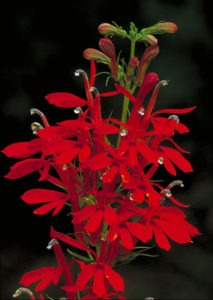
Cardinal Flower: Attractive to Hummingbirds, but not Cardinals
The cardinal flower (Lobelia cardinalis) is a native Kentucky wildflower that grows in moist to wet woods and stream banks. Typically it only grows 2-4 feet tall, but it can grow as tall as 6 feet if it is in really rich, wet soil. Cardinal flower does not do well in dry conditions and will…
-
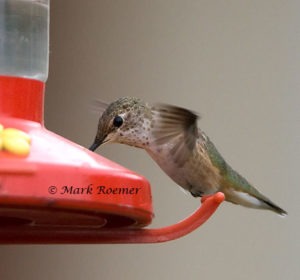
Kentucky’s Winter Hummingbirds
It’s hard to believe that it is already the middle of October. This year has zoomed by – there are so many things that I wanted to get done this year that I haven’t even started. This weekend’s cold snap served as a reminder that winter really is just around the corner. It’s time to…
-
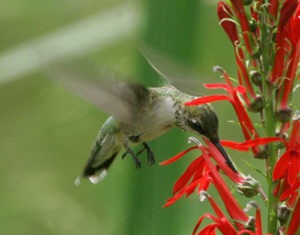
Ruby-throated Hummingbirds: A favorite summer visitor and important pollinator
Ruby-throated hummingbirds are the only hummingbirds that nest in the eastern United States. They arrive in Kentucky between mid-March and early April. The males arrive first and set up territories. When the females arrive, the males display to attract the females. The male’s mating display is a series of long swoops that look like he is…
